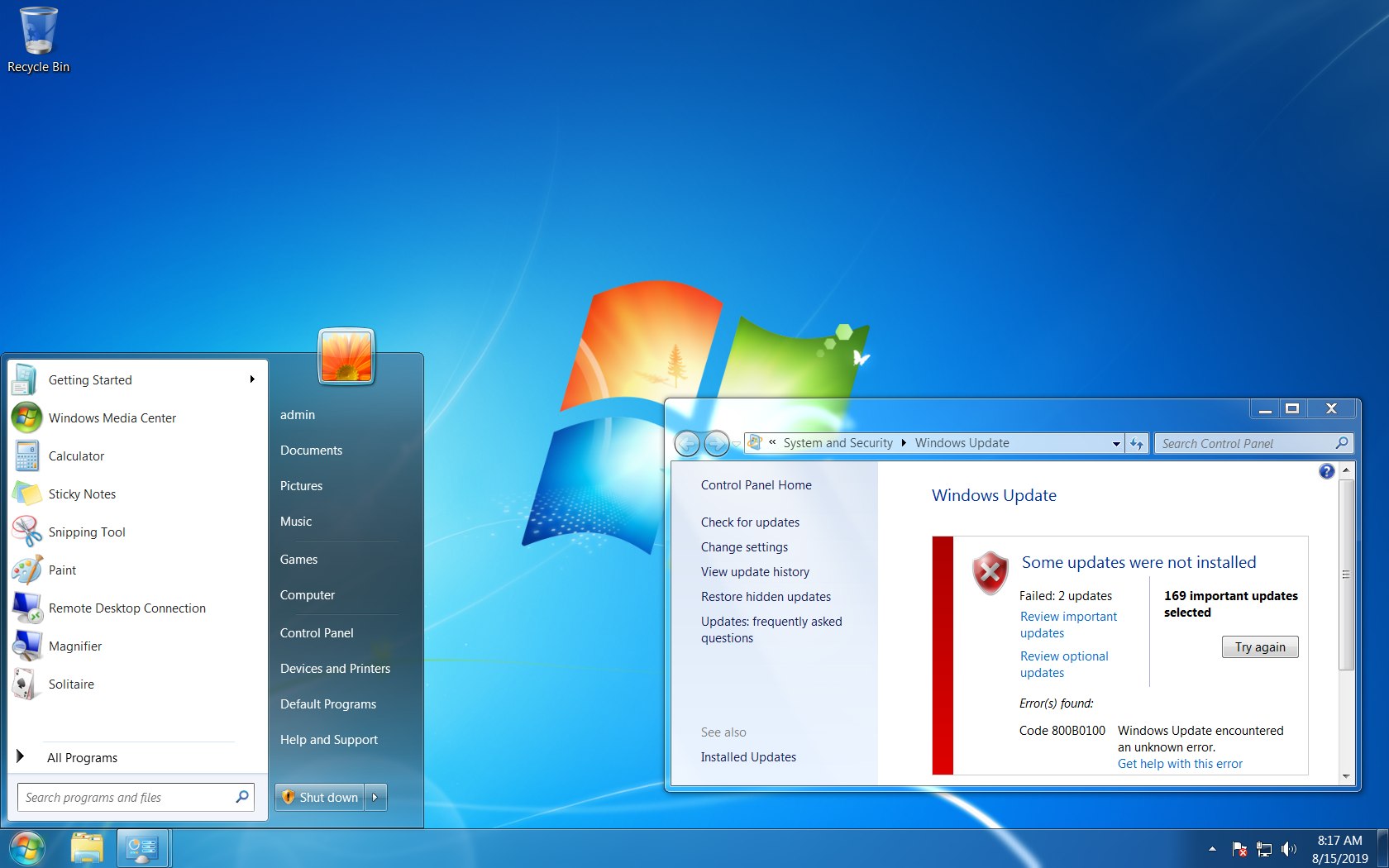
After more than a decade, the end of support for Windows 7 is finally coming to an end on January 14, 2020, which means that after that day, Microsoft will stop all support, including security and improvement updates, as well as support over the phone.
However, after the end of life of Windows 7, organizations that enroll in the Extended Security Updates (ESUs) program and commit to upgrade in the next three years to Windows 10 will continue to receive updates (for a price).
For instance, organizations with devices running Windows 7 Professional can continue to receive update for $50 (per device) for the first year, $100 for the second year, and $200 for the third and final year. If the organization is using Windows 7 Enterprise, then the price will be half per device per year.
Why the lifecycle is coming to an end for Windows 7?
According to Microsoft, every product has a lifecycle, which it starts when the product is first released and ends when the company stops providing support.
Windows 7 was first released to manufacturers on July 22, 2009, and became generally available on October 22, 2009, and now, the Windows 7 “end of life” will happen on January 14, 2020.
Will Windows 7 stop working after its end of life?
Although Windows 7 will reach its lifecycle in January 2020, it doesn’t mean that the OS will suddenly stop working. Windows 7 will continue to run on your computer, but it’ll quickly become vulnerable to viruses and other malware. You’ll start experiencing hardware and software compatibility issues. And eventually, problems with performance will be noticeable.
How to upgrade Windows 7 to Windows 10?
If you’re still running Windows 7, it’s recommended to upgrade to Windows 10 as soon as possible. Windows 10 was originally released in 2015, and it’s a more secure OS with modern features and a modern interface. Since the original release, Windows 10 has received several major updates, which means that it’s already a mature OS. Also, unlike Windows 7, upgrades on Windows 10 are free forever after the initial setup.
If you’re planning to upgrade to Windows 10 from Windows 7, you have two choices: You can use the Microsoft Media Creation Tool to perform an in-place upgrade, a process that will migrate your settings, apps, and data to the installation automatically, or you can perform a clean installation that will wipe out the Windows 7 installation, and you’ll start with a fresh copy of Windows 10 (recommended).
Update January 14, 2020: Originally published in August 2019, and it’s been revised in January 2020.
